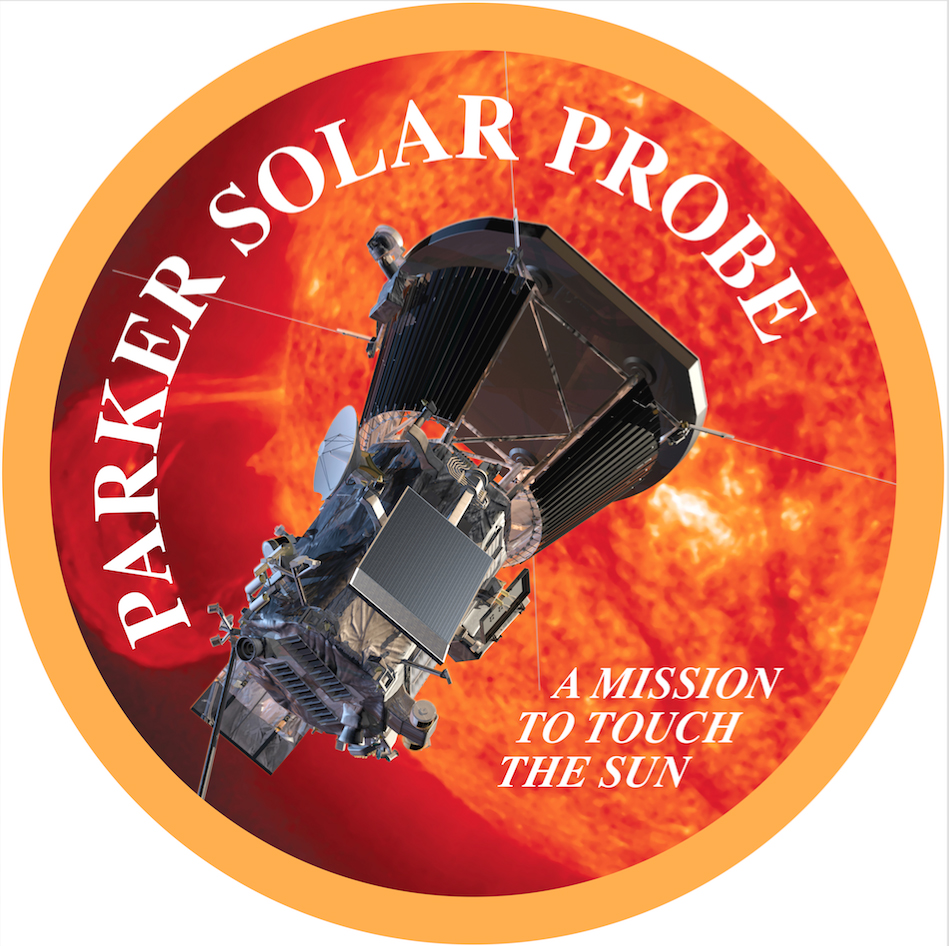Dr. Eugene Parker (seated in the foreground), a pioneer in heliophysics and S. Chandrasekhar distinguished service professor emeritus for the Department of Astronomy and Astrophysics at the University of Chicago, watches the launch of NASA’s Parker Solar Probe. This is the first agency mission named for a living person. Standing behind Parker is Nicky Fox, Parker Solar Probe project scientist at Johns Hopkins Applied Physics Laboratory. The liftoff took place at 3:31 a.m. EDT on Sunday, Aug. 12, 2018. The spacecraft was built by the Johns Hopkins University Applied Physics Laboratory in Laurel, Maryland. The mission will perform the closest-ever observations of a star when it travels through the Sun’s atmosphere, called the corona. The probe will rely on measurements and imaging to revolutionize our understanding of the corona and the Sun-Earth connection.
Credits: NASA/Glenn Benson
More than half a century later, the Parker Solar Probe mission will finally be able to provide key observations on Parker’s groundbreaking theories and ideas, which have informed a generation of scientists about solar physics and the magnetic fields around stars. Much of his pioneering work, which has been proven by subsequent spacecraft, defined a great deal of what we know about the how the sun–Earth system interacts.
Born on June 10, 1927, in Michigan, Parker received a B.S. in physics from Michigan State University and a Ph.D. from Caltech in 1951. He then taught at the University of Utah, and since 1955, Parker has held faculty positions at the University of Chicago and at its Fermi Institute.
He has received numerous awards for his research, including the George Ellery Hale Prize, the National Medal of Science, the Bruce Medal, the Gold Medal of the Royal Astronomical Society, the Kyoto Prize, and the James Clerk Maxwell Prize.
